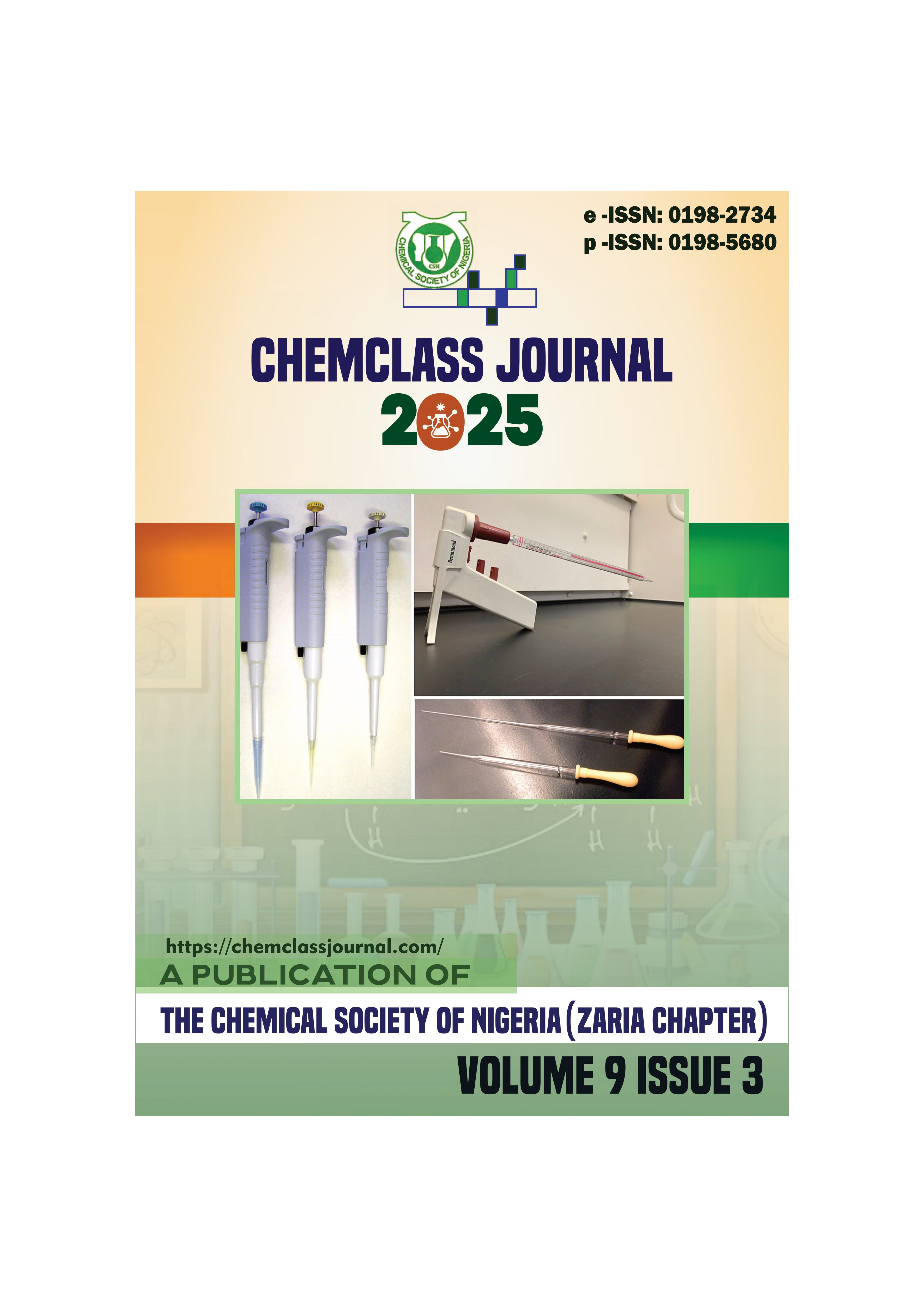Enhancing the Solubility of Phenylbutazone Using Novel Syloid Silica (AL-1FP) Formulation
DOI:
https://doi.org/10.33003/chemclass-2025-0903/11Keywords:
Solubility , Phenylbutazone , Syloid silica , Drug , DissolutionAbstract
The purpose of this study was to use silica-based formulations to improve the solubility and rate of dissolution of phenylbutazone, a medication that is poorly soluble in water. Using a solvent-free process that involved hydration, heating, and drying, Syloid silica (AL-1FP) was used to create solid dispersions at drug-to-excipient ratios of 1:1, 2:1, and 1:3. The formulations were characterized using dissolution testing, Fourier Transform Infrared Spectroscopy, X-ray diffraction, Differential Scanning Calorimetry, and Scanning Electron Microscope. The results confirmed the drug’s transition from crystalline to amorphous states, and pore entrapment in the silica matrix markedly improved dissolution. The most significant promotion was experienced with the 1:3 ratios, which released 98.9% of phenylbutazone after 45 minutes compared to 31.9% for the pure medication. This illustrates the effectiveness of Syloid silica in overcoming the solubility limitations of BCS class II drugs, providing a scalable approach for veterinary formulations





 ChemClass Journal
ChemClass Journal
